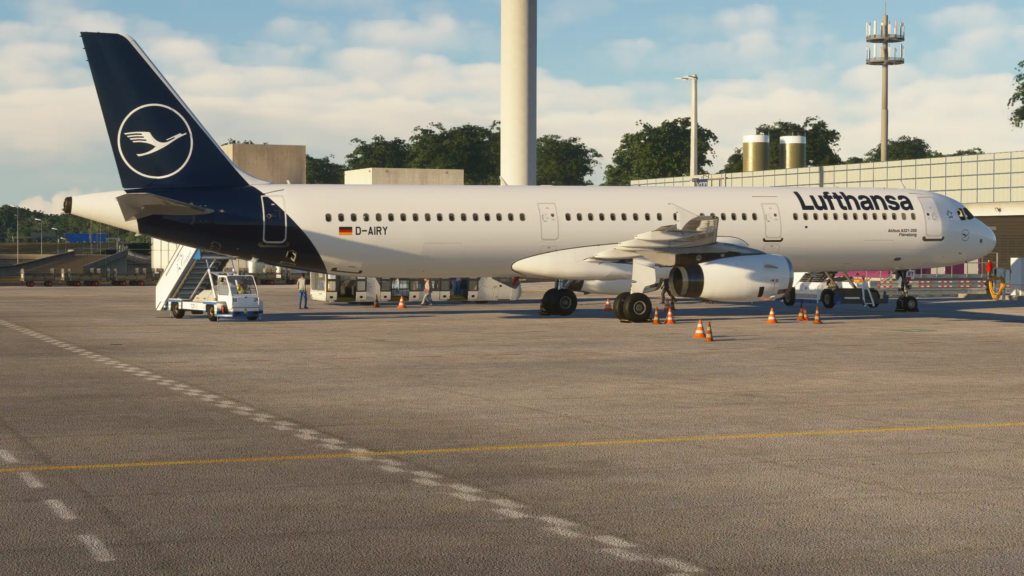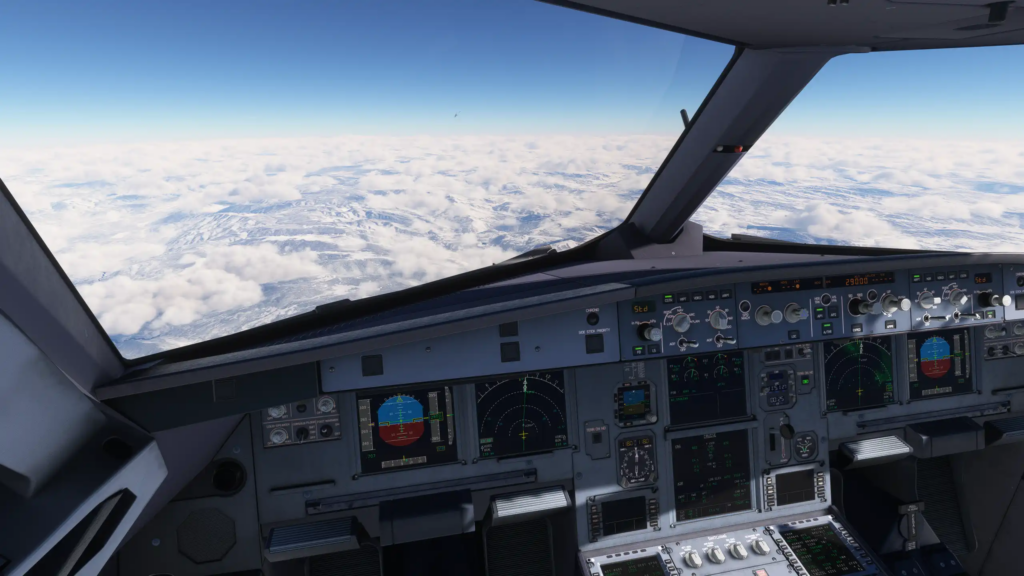Introduction
Launched in late 1988, the Airbus A321 was the first derivative of the A320, bringing a stretched fuselage whilst keeping the same wingspan, warranting extra payload capabilities while also retaining commonality in the flight deck, thus not requiring any extra training or certifications for A320 type rating holders.

Its maiden flight only went on to happen five years later, in 1993, with two prototypes rocking the two engine options at hand: IAE V2500 and CFM56-5B, with the IAE being the first one to roll out of the factory in early March, followed by the CFMs two months later.

Lufthansa (Germany) and Alitalia (Italy) were the first customers, ordering 20 and 40 aircraft respectively. By late March 1994, both already had their first units and were already commencing their commercial operations with the new plane.

The main differences to the A320 include its lengthened fuselage (6.94 meters longer), and slight wing differences, now featuring double-slotted flaps and minor trailing edge modifications, increasing the total wing area by four square meters. The reinforced wing area allows it to boast a 93,000 kg maximum take-off weight on the newer configurations (the first variant had a 83,000 kg MTOW).

The A321-100 did not end up selling well, with only 90 produced. Its limited range, combined with unimpressive MTOW and overall sluggishness relative to its sheer size made it an underwhelming product for most carriers. It did not help that the North-American market was still getting acquainted with the concept of fly-by-wire aircraft and only ever so shily embracing the then still pretty new A320.

In an attempt to conquer the competitive North-American market and offer a true alternative to the Boeing 757, Airbus went to the drawing board again to create the A321-200, a longer range version of the A321 with higher thrust engines, larger fuel tanks, and a substantially increased maximum take-off weight (as previously mentioned). With its advent, Airbus now had an offering capable of flying transcontinental legs in the United States with no issues whatsoever.
Unlike the first variant, the A321-200 was a huge success, with the deliveries progressively increasing since its release in 1995, totaling up to 1,784 built between its production lifespan.
The 2010s ultimately solidified its success after the airline market saw great increase in passenger demand for high density legs, with the deliveries jumping from double to triple digits and consistently sitting there nearly until the end of production. It was ultimately more successful than its main competitor (739ER), and its rival of yore was no longer in production (757), making it a relatively easy choice for most carriers around the globe.
Flight Sim Labs’ A321Ceo for Microsoft Flight Simulator 2020 aims to bring an accurate rendition of the A321-200 and its four variants (wingtip fence and sharklets, with CFM56 or IAE V2500 engine option), allowing desktop pilots to experience the thrill of flying a “living” machine with service based failures, custom flight model, fully functional circuit breakers, an advanced autoflight system, a comprehensive electronic flight bag, and more.
The company rose to fame in 2016 with the release of their long-awaited A320-X add-on for Microsoft Flight Simulator X, ultimately being the first company to ever develop an in-depth rendition of the Airbus A320 for home simulators and ending a waiting period that went on for decades prior.
Their A320-X product went on to become one of the most popular add-ons for the ESP platform, collecting praises from multiple customers and flight simulation media for its realism, system acuity, and flight model.
Its eventual transition to Prepar3d in 2017 culminated in its solidification as the benchmark for flight simulation add-ons, going above and beyond what the other developers were creating at the time with the introduction of features such as full ACARS simulation, realistic icing, allowing virtual pilots to feel just a bit closer to what goes on behind the scenes of operating an airliner.
After a four-year long wait, Flight Sim Labs’ first product for Microsoft Flight Simulator 2020 has rolled out of the production line, promising to bring even more depth and realism than every single one of their previous iterations. Could it be the next benchmark of overall fidelity in the simulator? We’ll find out.
First Impressions
I could not possibly hide my excitement when Flight Sim Labs officially announced the A321ceo for Microsoft Flight Simulator 2020 in November 2024, but at the time I couldn’t help but wonder whether it would bring anything new to the table in an ever so saturated add-on market full to the brim of Airbus aircraft with varying levels of depth and quality.
